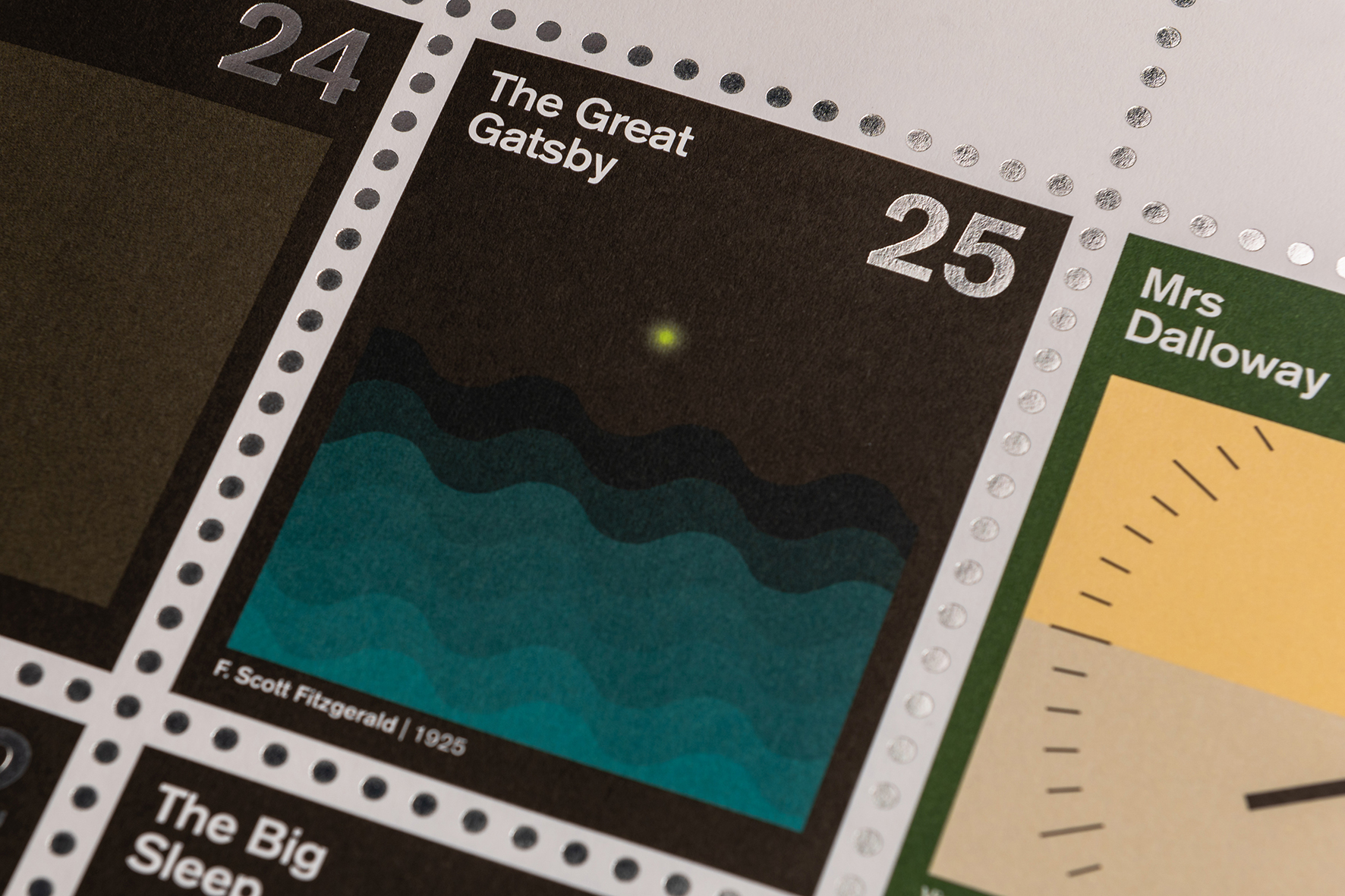This past summer we featured a short video introduction to the Mona Lisa here on Open Culture. You’d think that if any painting didn’t need an introduction, that would be the one. But the video’s creator James Payne showed many of us just how much we still have to learn about Leonardo’s most famous work of art — and indeed, perhaps the most famous work by any artist. On his Youtube channel Great Art Explained, Payne offers clear and powerful analyses of paintings from van Gogh’s The Starry Night and Hopper’s Nighthawks to Warhol’s Marilyn Diptych and Picasso’s Guernica. But there are some images to which a fifteen-minute video essay can’t hope to do justice.
In those cases, Payne has been known to follow up with a deluxe expanded edition. Taking on Hieronymus Bosch’s The Garden of Earthly Delights, he followed up three individual fifteen-minute videos — for a triptych, a neat union of form and substance — with a full-length treatment of the whole work.
Payne’s full-length version of his Mona Lisa video more than doubles the length of the original. “This is the more comprehensive version I always wanted to do,” he notes, adding that it “uses some of the information from the first film (but in higher resolution with better sound and with clearer graphics), as well as answering the hundreds of questions: Why doesn’t she have eyebrows? Is it a self-portrait? Is she only famous because she was stolen? How do we know what he was thinking?”
This time around, Payne has more to say about how Leonardo created such a compelling portrait on a technical level, but also why he came to paint it in the first place. On top of that, the expanded format gives him time to examine the much more conventional portraits Leonardo’s contemporaries were painting at the time, as well as what’s known as the Prado Mona Lisa. A depiction of the same sitter that may even have been painted simultaneously by one of Leonardo’s students, it makes for an illuminating object of comparison. Payne also gets into the 1911 theft and recovery that ultimately did a great deal for the painting’s reputation, as well as its 1963 exhibition in America that, thanks to television, turned it into a mass-media icon. By now we’ve all had more glimpses of the Mona Lisa more times than we can remember, but it takes enthusiasm like Payne’s to remind us of all the ways we can truly see it.
Related Content:
What Makes Leonardo’s Mona Lisa a Great Painting?: An Explanation in 15 Minutes
Why Leonardo da Vinci’s Greatest Painting is Not the Mona Lisa
Original Portrait of the Mona Lisa Found Beneath the Paint Layers of da Vinci’s Masterpiece
Based in Seoul, Colin Marshall writes and broadcasts on cities, language, and culture. His projects include the Substack newsletter Books on Cities, the book The Stateless City: a Walk through 21st-Century Los Angeles and the video series The City in Cinema. Follow him on Twitter at @colinmarshall or on Facebook.
















